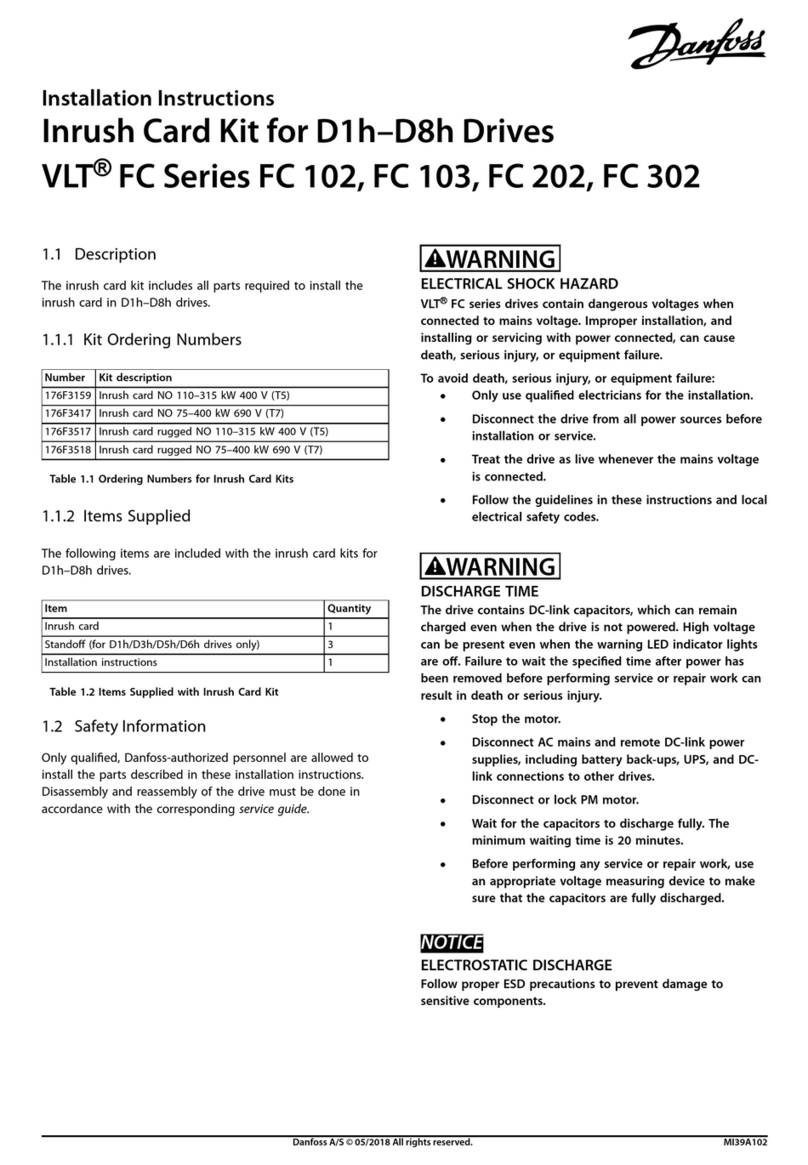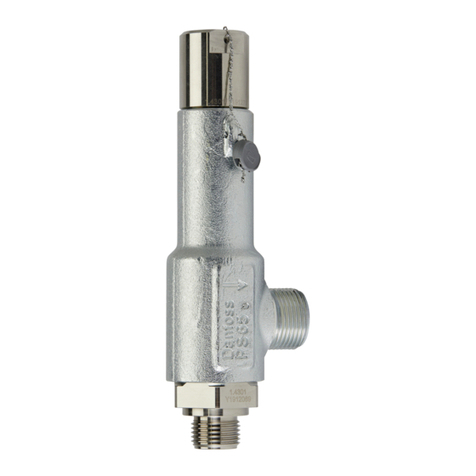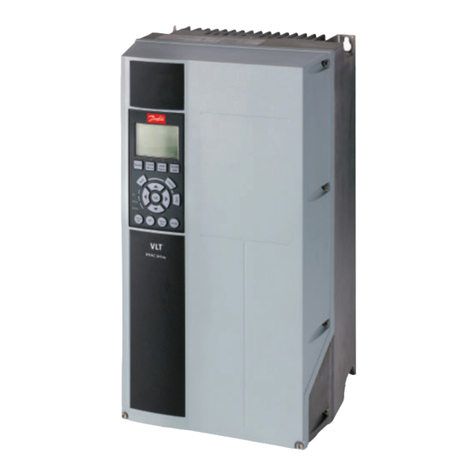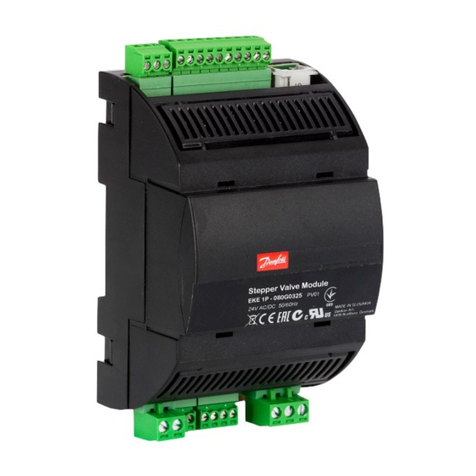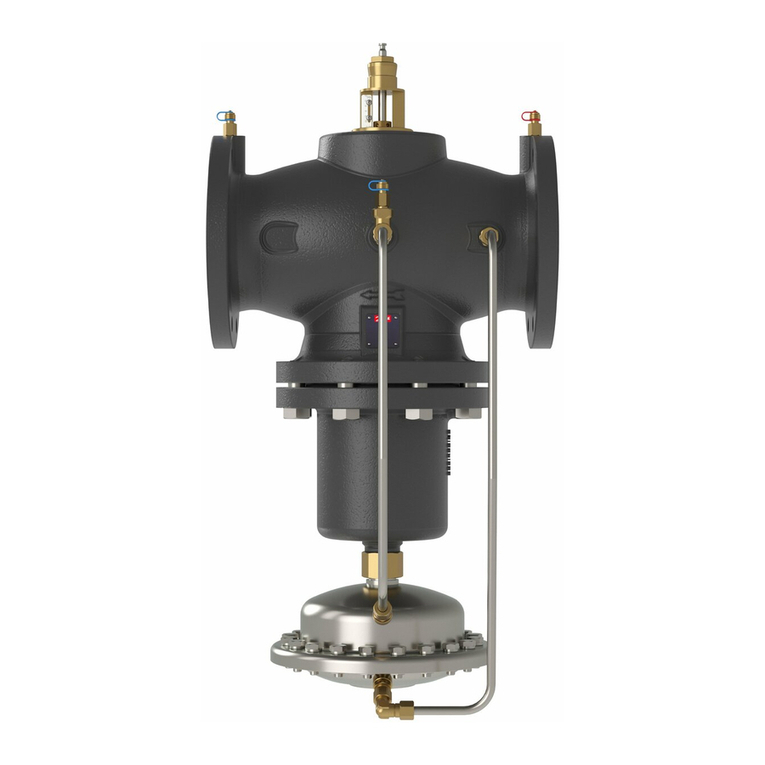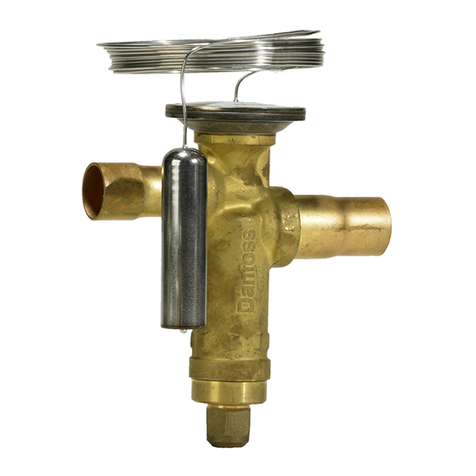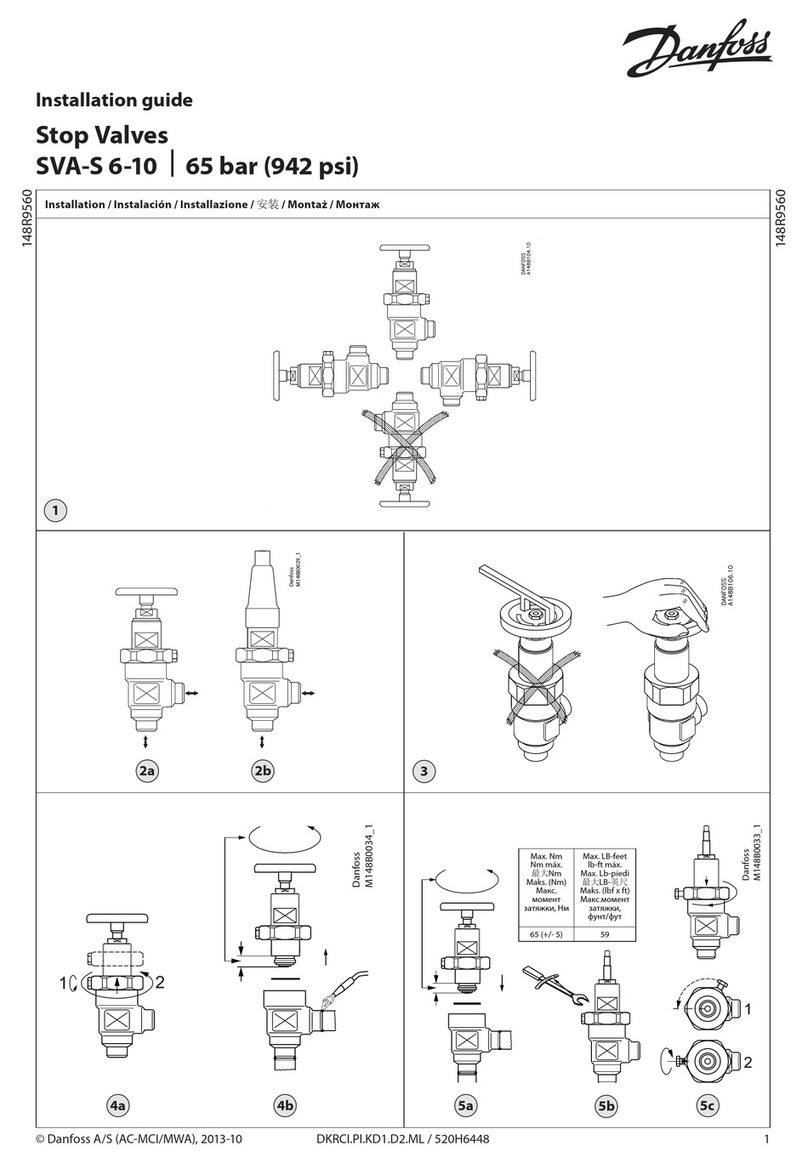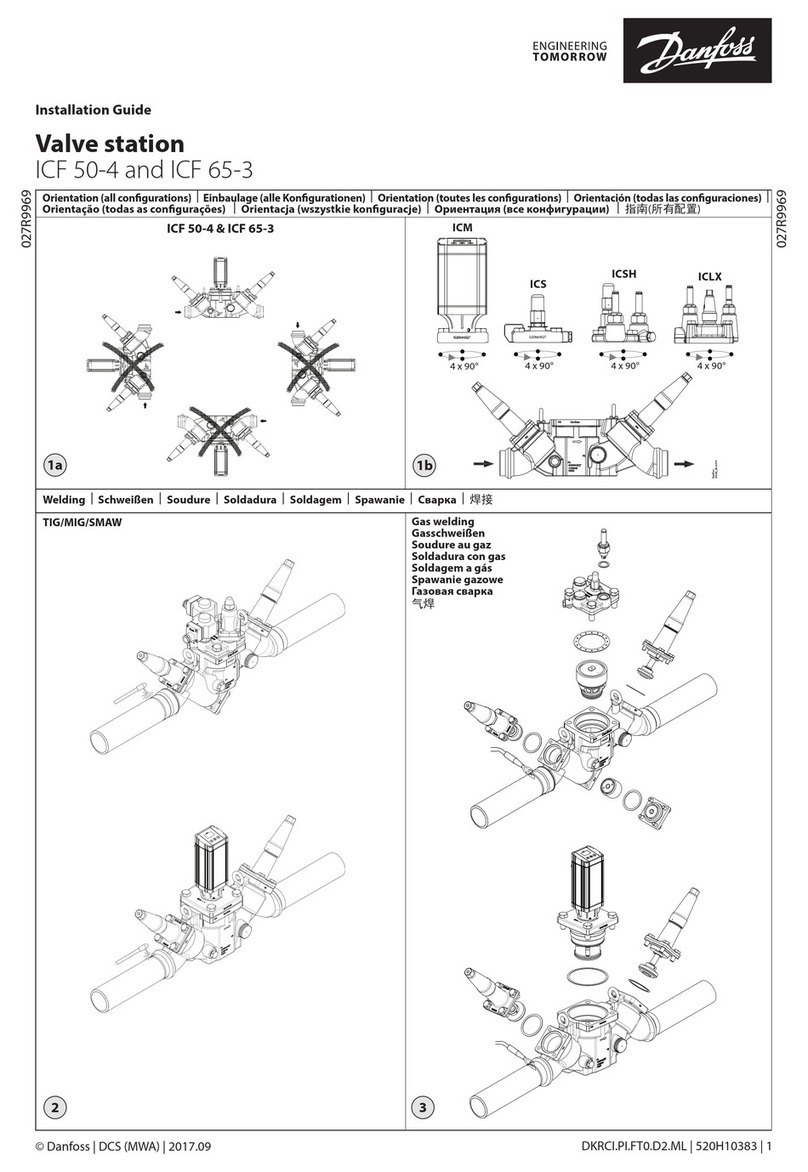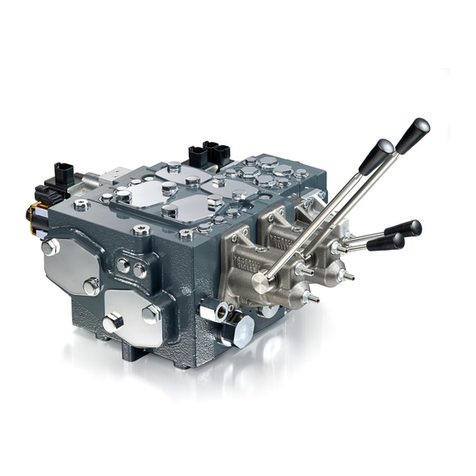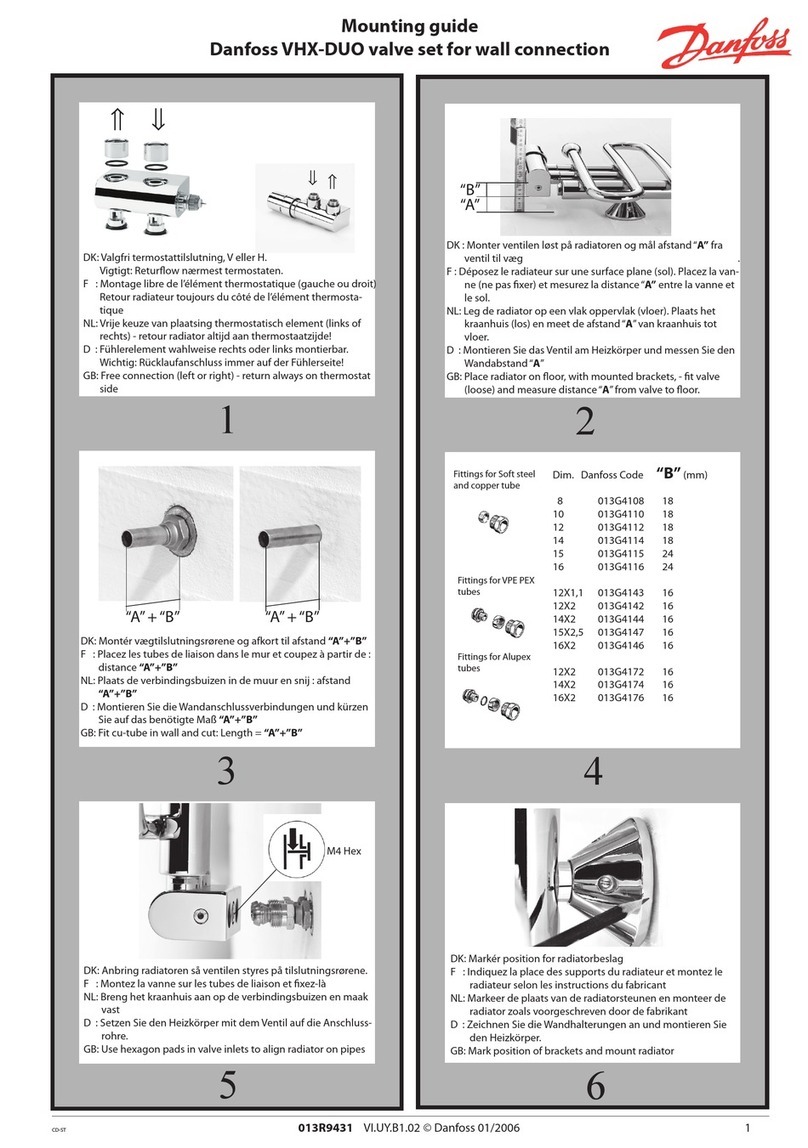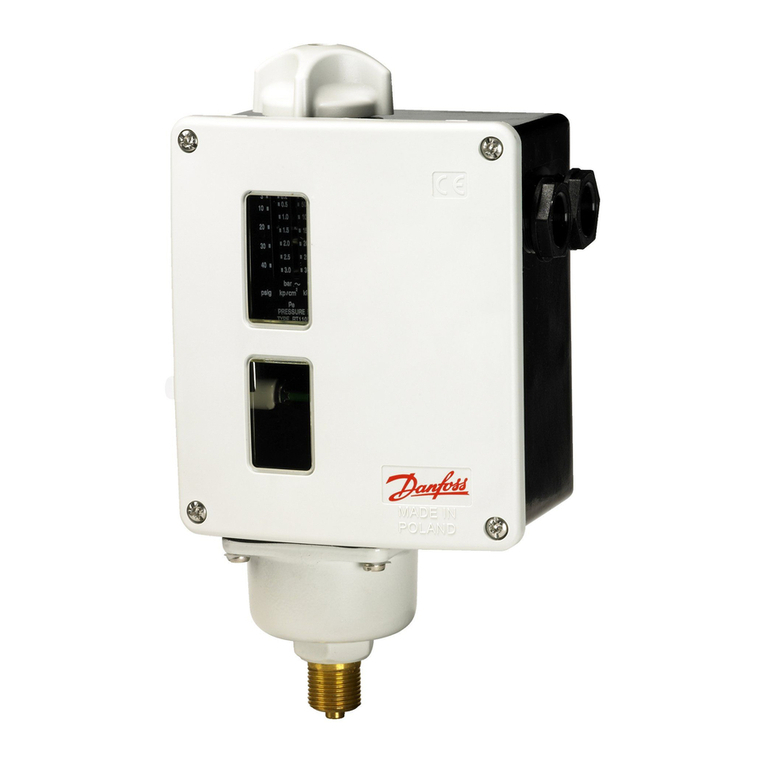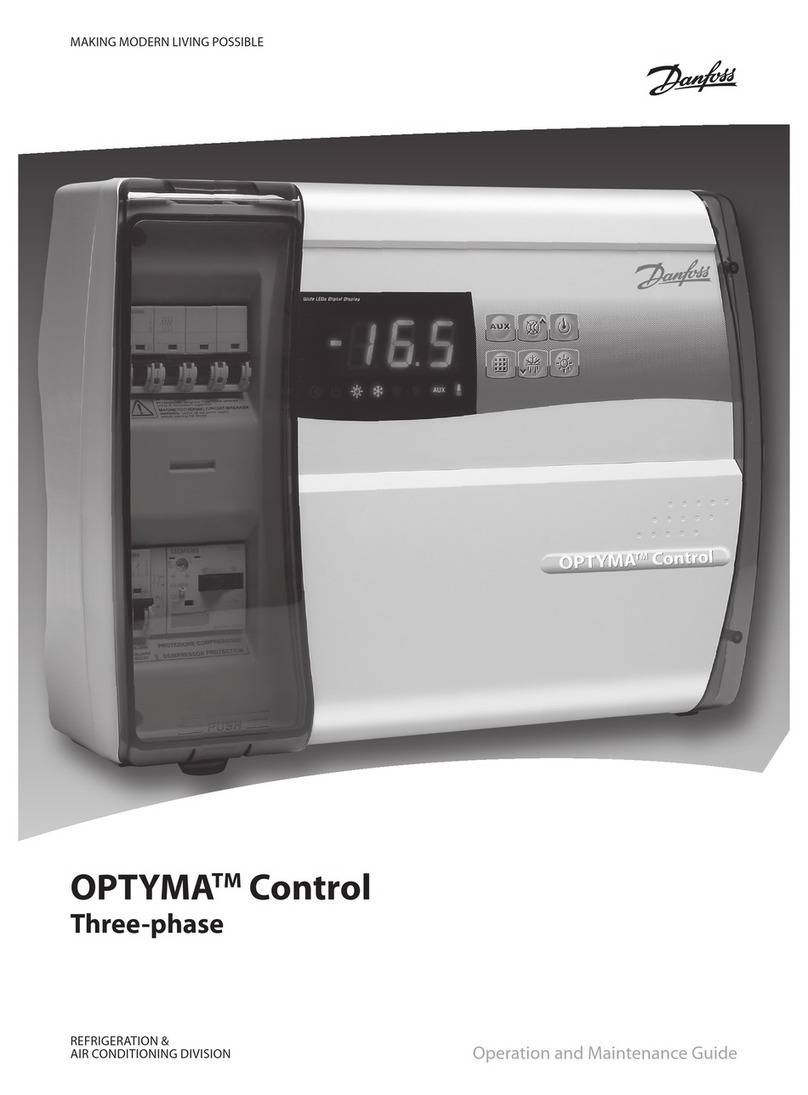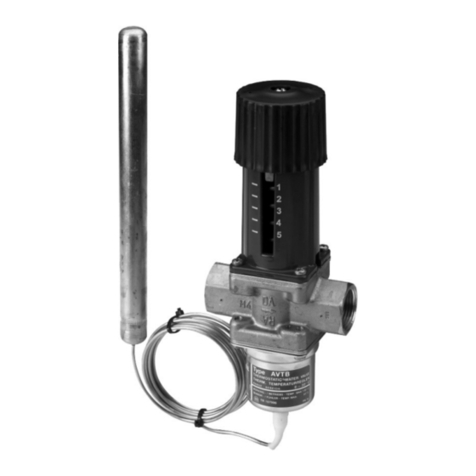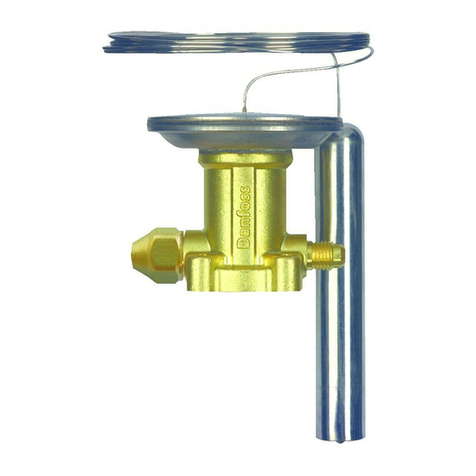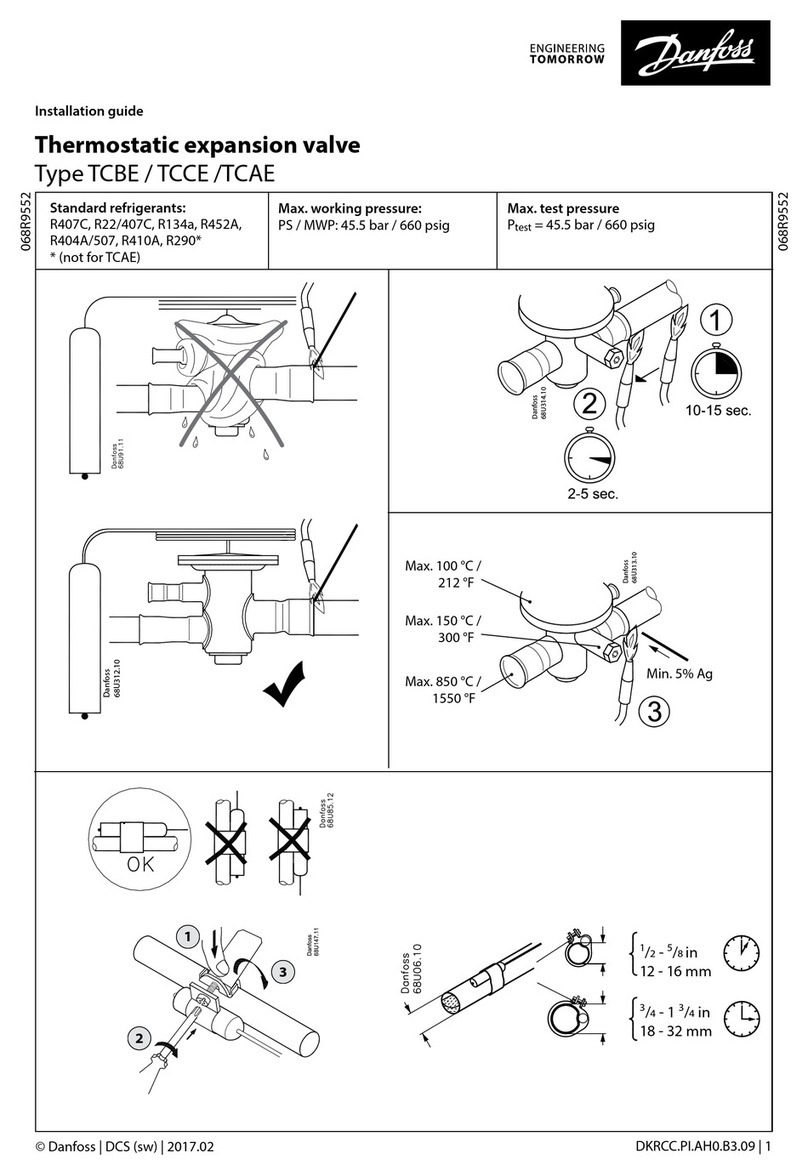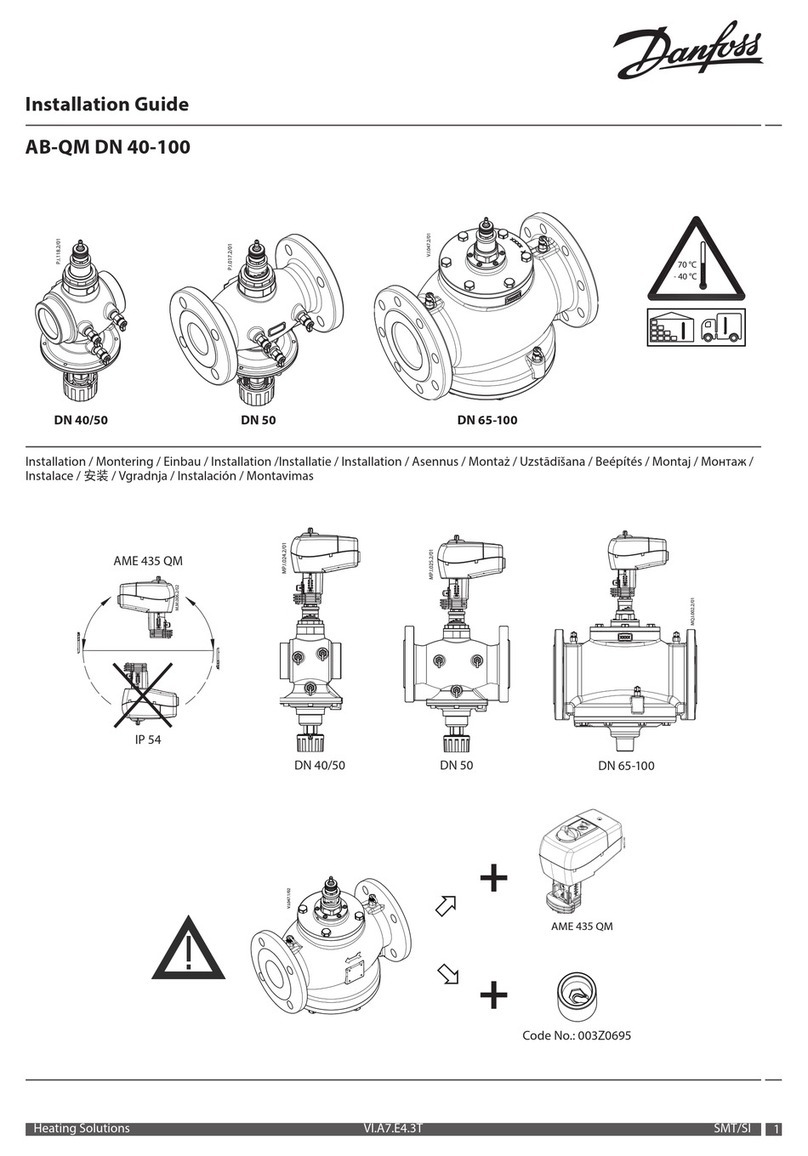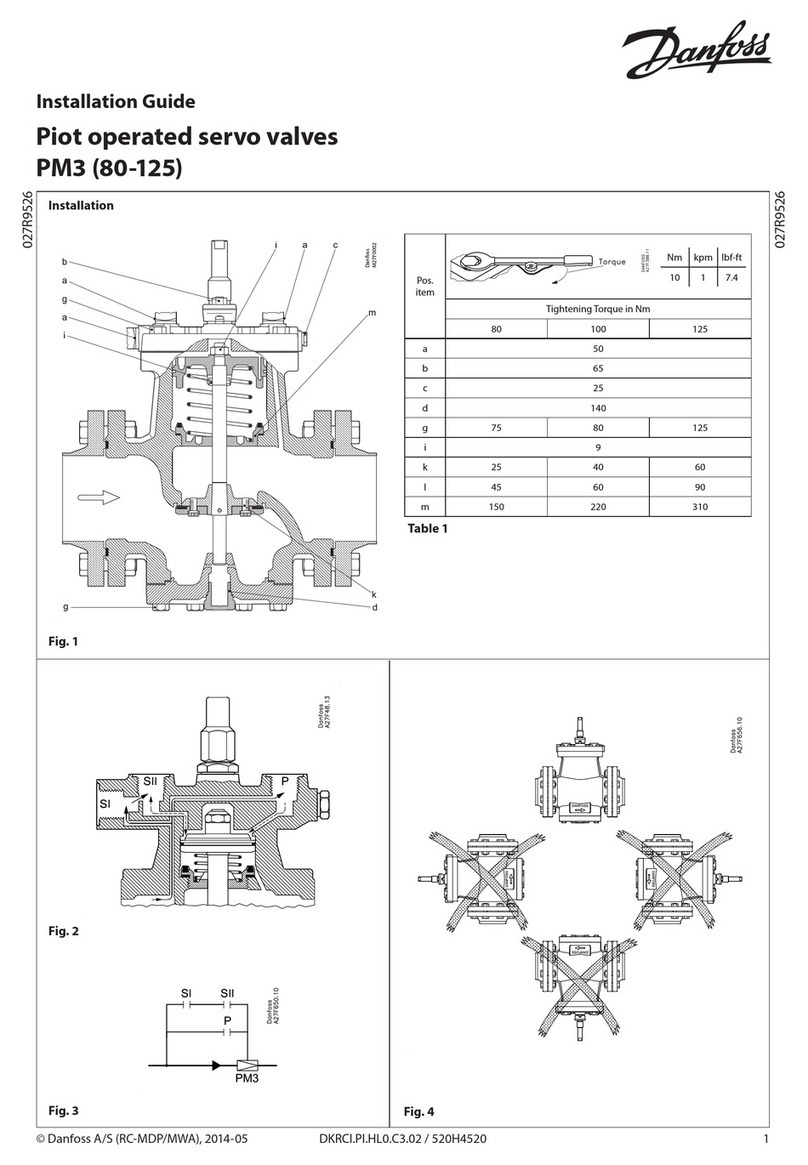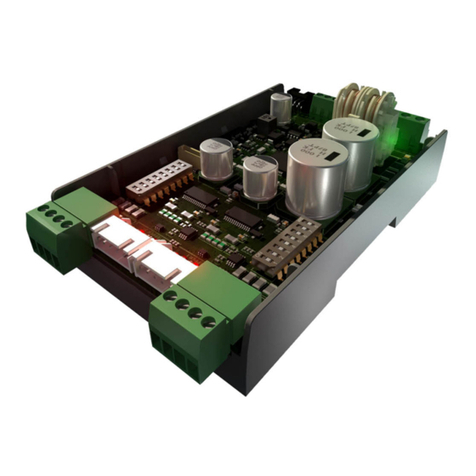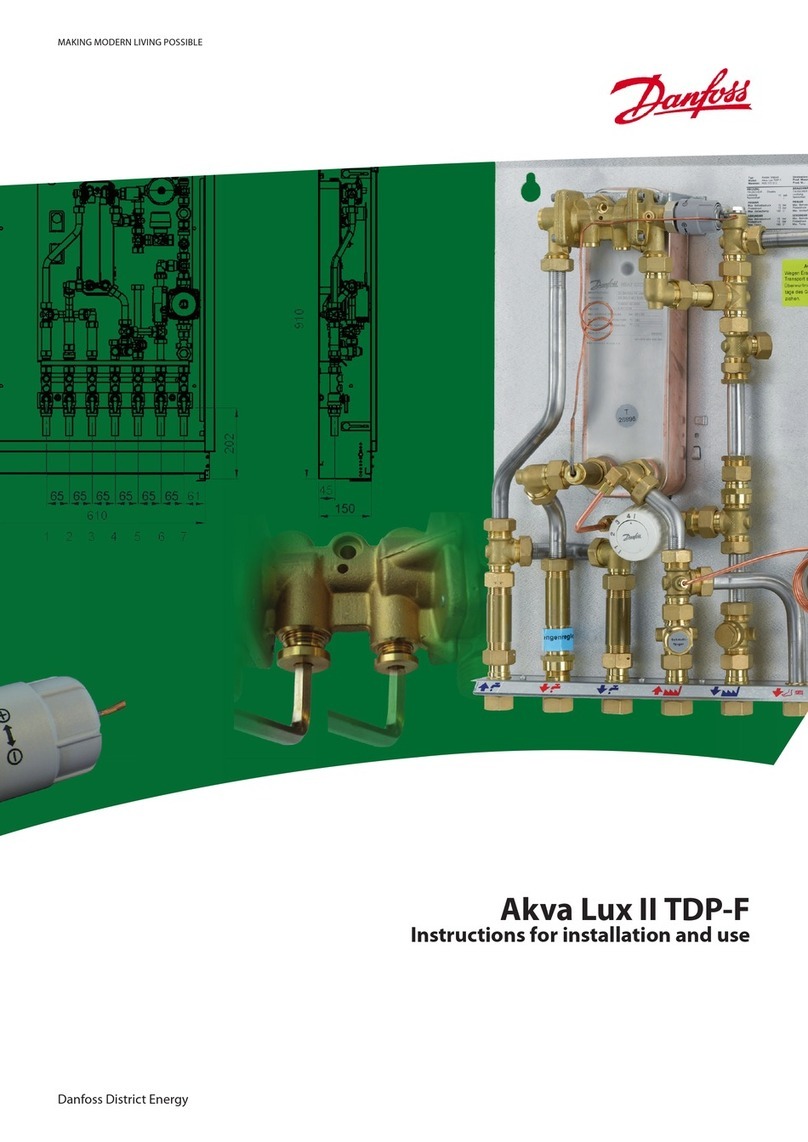Safety technology: MCB14x Document No.: MG34Y104 Rev.: 06 23 October 2012 Page 10 of 25
Input SS1 STOP/EMERGENCY stop
Pressing the Emergency Stop switch trips the defined slowdown of the drive to be monitored by the Ramp output. If
the drive does not come to a standstill within a specified time frame (Parameter P301), then the instantaneous STO
is tripped by the STO_O and ExC outputs. If speed detection is disabled, then STO is tripped exclusively in a time-
controlled manner. If speed detection is enabled, then STO is tripped once it is detected that the motor is at a
standstill, even if the monitoring time has not yet elapsed.
Switch position of SS1 input channels P 101
Number of input channels used P 104
Disabling/enabling of speed detection P 201
Monitoring time SS1 P 301
Table 4: Parameters for setting up the SS1_1/2 inputs
SLS input Derated velocity operating mode
By enabling the input, the derated SLS velocity is monitored instead of the SMS velocity. If the working speed
remains below the SLS velocity, then the protective interlock is enabled. If it is exceeded, then STOP is tripped as
well.
The SLS operation can only be used if speed detection is enabled (P201≠0).
Switch position of SLS input channels P 102
Number of input channels used P 104
Disabling/enabling of SLS input P 109
SLS speed P 303
SMS speed P 304
Number of speed sensors P 201
Table 5: Parameters for setting up the SLS_1/2 inputs
Door input Monitoring of protective interlock
If the protective device is open (Door input is enabled) and the SLS input is enabled, then the STO and ExC
outputs shall remain switched on from the point of standstill until the SLS velocity is exceeded. If the SLS input is
not enabled, then the STO and ExC outputs are generally destaged if the protective device is open.
The Door operation can only be used if speed detection is enabled (P201≠0).
Switch position of Door input channels P 103
Disabling/enabling of Door input P 105
Number of speed sensors P 201
Table 6: Parameters for setting up the Door_1/2 inputs
FBC input Monitoring of drive energy isolator
The state of the energy isolator contactor controlled by the ExC output is reported back to the FBC input. The
auxiliary contact must be NC.
This input is evaluated in a dynamic manner. Any change in state of the ExC output must also bring about a
change in state of the FBC input within an expected time frame of 2s.
Either force guided relays (according to EN IEC 60947-5-1) or (auxiliary) contactors with mirror contacts (according
to EN IEC 60947-4-1) must be used for this operation.
Disabling/enabling of FBC input P 106
Table 7: Parameters for setting up the FBC input
4.2. Safety circuits
During dual channel operation, there is a need to detect the failure of a switch contact as a result of welding, for
example. As a result, the static input states of both UND channels are not only used internally whilst linked, but
also their changes in state and time response are evaluated in relation to one another.
Based on these results, appropriate SKR-SS1, SKR-SLS and SKR-Door safety circuit states are generated
internally which constitute the basis for calculating safety operations, instead of direct input signals.
Put simply, each of the 3 safety circuits constitutes a binary state memory that is only high-active in the event both
input channels are switched on at the same time.
Even if only one of the input channels is destaged, then this will reset the assigned safety circuit, thus tripping the
assigned safety operation.
This safety circuit can only be enabled once again if the other channel is also destaged and both channels are then
subsequently switched back on again at the same time.

